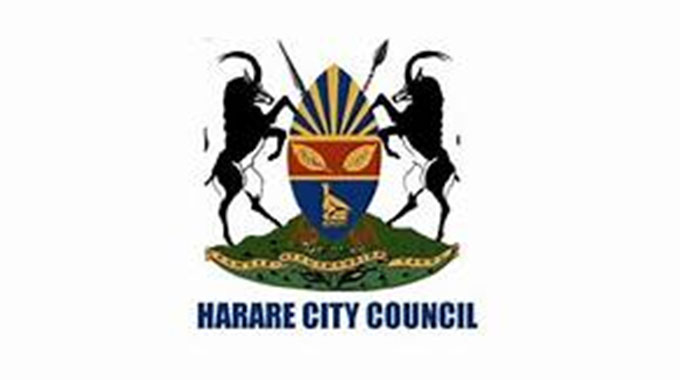New techniques enhance agric efficiency
Munya Simango Herald Correspondent
THE Government has embarked on an aggressive drive to modernise agriculture through innovations and the introduction of new technologies in partnership with the EU-funded Zimbabwe Agriculture Knowledge and Innovation services (ZAKIS).
To this end, the Ministry of Lands, Agriculture, Water, and Rural Resettlement in collaboration with SIRDC, recently hosted a four-day Geographic Information Systems (GIS) and remote sensing training workshop for agricultural researchers, extension officers and lecturers.
In an interview, ZAKIS head of project Waddilove Sansole said: “The workshop plays a crucial role in enhancing agricultural knowledge and innovation systems in Zimbabwe. As we move towards data driven precision agriculture, it is critical that the people who have the responsibility of training farmers or supporting agricultural production, understand GIS and remote sensing.
“This ensures that they remain relevant in the face of new challenges and technologies and enables us to achieve better production and productivity.”
GIS is a framework for gathering, managing, analysing and integrating many types of data.
It provides deeper insights into data and helps users make scientific decisions through tools that include patterns which reveal the relationships among the variables in any given situation.
A related technique, remote sensing, is the process of detecting and monitoring the physical characteristics of an area by measuring its reflected and emitted radiation using satellite, drones or aircraft.
Coming at a time when the country has experienced successive and devastating livestock disease and crop pest outbreaks, the initiative will foster accurate disease identification, the mapping out of hot zones and effective control.
Commenting during the workshop, ZAKIS digital agriculture coordinator Tawanda Hove said: “The use of GIS tools will ensure more timely and effective responses diseases and pests, which helps to minimise losses. These are some of the operational efficiencies we are trying to incorporate in agriculture extension and management.”
Hove said GIS also introduces efficiencies in coordinating agricultural activities such as Command Agriculture and private sector contract farming because performance and location specific data can be used to ensure that appropriate inputs are directed to the most productive farmers.
ZAKIS aims to increase agricultural production through digital agriculture which promotes innovation and sharing of knowledge.
The GIS and remote sensing training is key to ensuring that extension officers, researchers, lecturers and students are well equipped with tools that can add value to the sector.
In an interview on the sidelines of the training, Matobo district agriculture extension officer Francesca Ndlovu said: “Remote sensing and GIS will revolutionise our management techniques and improve agricultural output. We will make better informed decisions using accurate data, and this allows us to swiftly prescribe targeted interventions.
“These tools will also improve our efficiencies because we will easily perform activities like the checking area under cultivation and crop health from the office instead of relying on submissions from area supervisors which are not always timeously delivered and do not cover all areas.”
ZAKIS is being implemented by Welthungerhilfe, in partnership with Sustainable Agriculture Technology, ICRISAT and Community Technology Development Organization (CTDO).
It is part of the Zimbabwe Agricultural Growth Programme, a Government initiative whose objective is to enable farmers and value chain actors to improve their lives while contributing to modern agricultural growth and green-economic development.









Comments